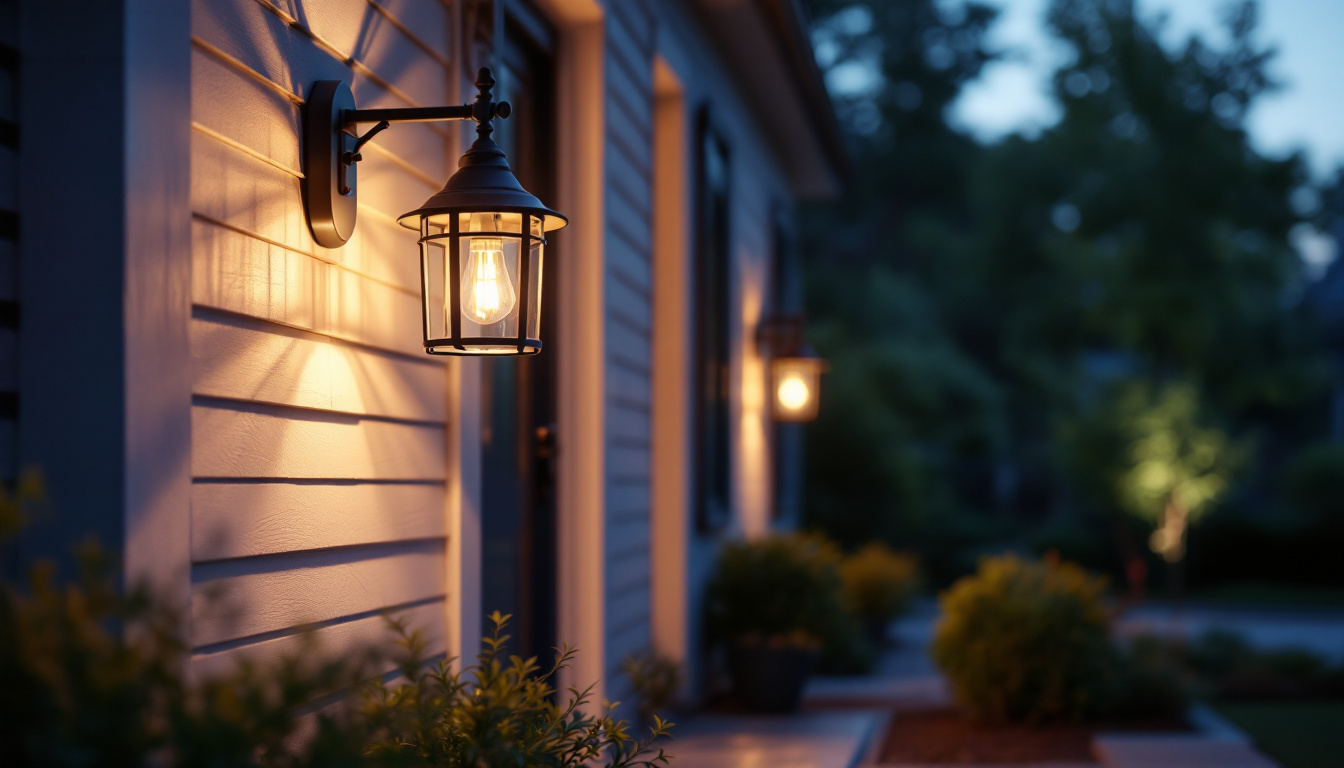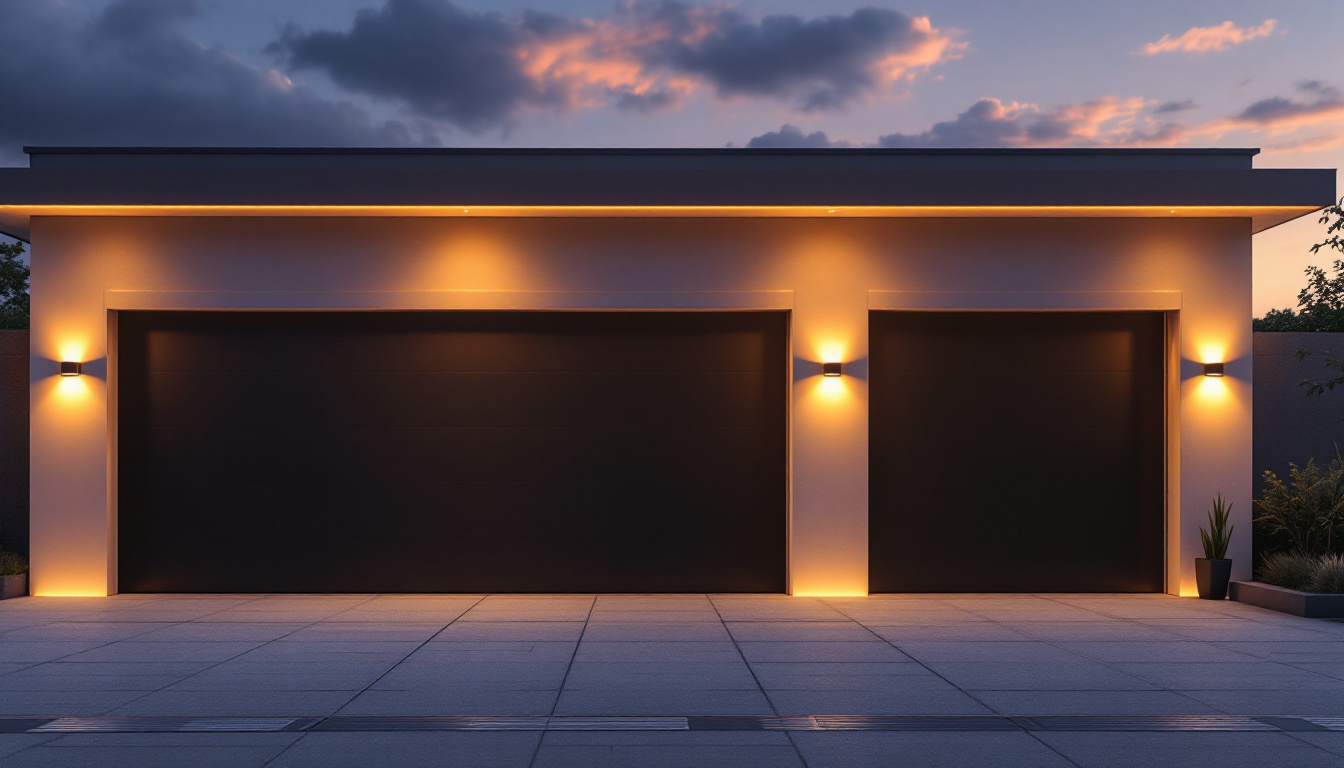
T8 lights have become a staple in the world of commercial and industrial lighting. As a lighting contractor, understanding the nuances of T8 lights is essential for providing clients with the best solutions tailored to their specific needs. This article delves into the characteristics, benefits, and installation considerations of T8 lights, ensuring that contractors are well-equipped to implement these fixtures effectively.
T8 lights refer to a specific type of fluorescent tube light that is 1 inch in diameter. The “T” stands for tubular, while the “8” indicates the diameter in eighths of an inch. These lights are commonly used in commercial settings, such as offices, warehouses, and retail spaces, due to their efficiency and versatility.
Typically, T8 lights come in various lengths, with the most common being 2 feet, 4 feet, and 8 feet. They are designed to operate with electronic ballasts, which enhance their efficiency and lifespan compared to older T12 fluorescent tubes. The shift from T12 to T8 has been largely driven by energy efficiency standards and the desire for lower operating costs. In addition to their practical applications, T8 lights are also favored for their ability to provide a range of color temperatures, from warm white to cool daylight, allowing businesses to create the desired ambiance for their spaces.
There are several types of T8 lights available, each serving different purposes. The most common types include standard fluorescent, high-output (HO), and low-output (LO) T8 tubes. Standard fluorescent T8 tubes are ideal for general lighting applications, while high-output T8 tubes are designed for areas requiring brighter illumination, such as gymnasiums or warehouses. Low-output T8 tubes, on the other hand, are suitable for spaces where less light is needed, such as corridors or restrooms. Additionally, there are specialty T8 tubes available, including those designed for specific applications like horticultural lighting, which can promote plant growth by providing the optimal light spectrum for photosynthesis.
One of the standout features of T8 lights is their energy efficiency. Compared to older T12 fixtures, T8 lights consume significantly less energy while providing comparable or even superior light output. This efficiency translates into lower utility bills for clients, making T8 lights an attractive option for businesses looking to reduce operational costs. Furthermore, many T8 lights are now available in LED versions, which offer even greater energy savings and reduced heat output, making them an excellent choice for environmentally conscious companies.
Moreover, T8 lights have a longer lifespan than traditional fluorescent tubes, often lasting up to 30,000 hours or more. This longevity means fewer replacements, reducing maintenance costs and downtime for businesses. As a contractor, highlighting these benefits can help clients understand the value of investing in T8 lighting solutions. The reduced frequency of replacement not only saves money but also minimizes the environmental impact associated with manufacturing and disposing of lighting fixtures. In an era where sustainability is increasingly prioritized, T8 lights can play a significant role in a company’s green initiatives, contributing to a more sustainable future while enhancing the quality of their lighting solutions.
The advantages of T8 lights extend beyond energy efficiency and longevity. Understanding these benefits allows contractors to make informed recommendations to clients.
T8 lights provide better color rendering compared to older fluorescent options. With a Color Rendering Index (CRI) often exceeding 85, T8 lights allow for more accurate color representation in commercial spaces. This is particularly important in retail environments where product appearance can significantly impact sales.
Additionally, T8 lights are available in various color temperatures, ranging from warm white to cool white. This variety enables contractors to tailor lighting solutions to the specific ambiance desired by clients, enhancing the overall aesthetic of the space. For instance, a warm white light can create a cozy atmosphere in a restaurant, while a cooler temperature may be more suitable for a modern office setting, promoting alertness and productivity.
Moreover, T8 lights can be dimmed, allowing for adjustable brightness levels that cater to different activities throughout the day. This flexibility not only enhances comfort for occupants but also contributes to energy savings, as lights can be dimmed during off-peak hours or in areas that require less illumination.
As sustainability becomes increasingly important in the construction and renovation sectors, T8 lights present an environmentally friendly option. Their energy efficiency not only reduces greenhouse gas emissions but also contributes to LEED certification for buildings aiming for sustainability recognition.
Furthermore, many T8 lights are now available in LED versions, which eliminate the use of hazardous materials like mercury found in traditional fluorescent tubes. This shift towards LED T8 lights aligns with the growing demand for eco-friendly solutions in the lighting industry. By choosing T8 LEDs, clients can significantly reduce their carbon footprint while promoting a healthier indoor environment.
Additionally, the longer lifespan of T8 lights means fewer replacements and less waste in landfills, further enhancing their environmental credentials. This longevity also translates to fewer resources being consumed in the manufacturing and transportation of replacement bulbs, making T8 lights a responsible choice for environmentally-conscious businesses.
While the initial investment in T8 lighting may be higher than that of traditional options, the long-term savings are substantial. Lower energy consumption and reduced maintenance costs lead to a quick return on investment. For contractors, presenting a detailed cost analysis can help clients see the financial benefits of switching to T8 lighting.
Additionally, many utility companies offer rebates and incentives for businesses that upgrade to energy-efficient lighting, further enhancing the cost-effectiveness of T8 lights. Contractors should stay informed about these programs to provide clients with comprehensive financial guidance. By leveraging these incentives, businesses can offset the initial costs, making the transition to T8 lighting even more appealing.
Moreover, with the rising costs of energy, investing in T8 lighting can serve as a hedge against future price increases. As energy-efficient technologies become more prevalent, businesses that adopt T8 lighting now will not only save on current energy bills but also position themselves favorably for the long term, ensuring they remain competitive in their respective markets.
When it comes to installing T8 lights, several factors must be taken into account to ensure optimal performance and client satisfaction.
T8 lights require electronic ballasts for operation, which differ from the magnetic ballasts used with T12 tubes. It is crucial for contractors to verify that the existing ballast is compatible with T8 lights or to plan for ballast replacement during the installation process. Using the right ballast not only enhances energy efficiency but also improves the overall performance of the lighting system.
In some cases, contractors may encounter older fixtures that are not compatible with T8 tubes. In such situations, retrofitting the fixtures or replacing them entirely may be necessary. This consideration adds an additional layer of complexity to the installation process, but it can also present an opportunity for contractors to upgrade the entire lighting system for better performance.
The design and layout of the lighting fixtures play a significant role in achieving the desired illumination levels in a space. Contractors should assess the specific lighting needs of each area, considering factors such as ceiling height, room dimensions, and the purpose of the space.
For instance, in a warehouse setting, a higher lumen output may be necessary to ensure safety and visibility. Conversely, in an office environment, a softer light may be more appropriate to create a comfortable working atmosphere. Proper fixture placement and spacing will maximize the effectiveness of T8 lights while minimizing shadows and dark spots.
As with any lighting installation, compliance with local building codes and regulations is essential. Contractors must stay informed about the latest standards regarding energy efficiency and safety to ensure that their installations meet all necessary requirements.
Additionally, understanding the specific lighting requirements for different types of commercial spaces can help contractors avoid potential compliance issues. For example, certain facilities may have stricter regulations regarding illumination levels, especially in areas like healthcare or education.
While T8 lights are known for their longevity and low maintenance requirements, regular upkeep is still essential to ensure optimal performance.
Contractors should recommend routine inspections of T8 lighting systems to identify any potential issues before they escalate. Regular checks can help detect flickering lights, dimming, or color inconsistencies, which may indicate the need for replacement or repairs.
Additionally, keeping the fixtures clean is vital for maintaining light quality. Dust and grime can accumulate on the tubes and fixtures, diminishing light output and affecting the overall ambiance of the space. Simple cleaning procedures can significantly enhance the performance of T8 lighting systems.
Even with their extended lifespan, T8 lights will eventually require replacement. Contractors should develop a proactive replacement strategy for clients, ensuring that lights are replaced before they fail completely. This approach minimizes downtime and maintains consistent lighting quality in commercial spaces.
Furthermore, contractors can educate clients on the signs that indicate it’s time for a replacement. This knowledge empowers clients to take action before lighting issues impact their operations.
T8 lights represent a versatile and efficient lighting solution for commercial and industrial applications. By understanding the characteristics, benefits, and installation considerations of T8 lighting, contractors can provide clients with informed recommendations that enhance their spaces while promoting energy efficiency and sustainability.
As the demand for energy-efficient solutions continues to grow, T8 lights will remain a popular choice among lighting contractors. By staying informed about the latest advancements and best practices in T8 lighting, contractors can position themselves as trusted experts in the field, ultimately leading to greater client satisfaction and business success.
Ready to enhance your lighting solutions with the efficiency and sustainability of T8 lights? At LumenWholesale, we specialize in providing lighting contractors like you with high-quality, spec-grade T8 lighting options at unbeatable wholesale prices. Say goodbye to local distributor markups and hello to our extensive selection that meets the highest industry standards. With LumenWholesale, bulk buying is a breeze, thanks to our hassle-free process and free shipping. Don’t compromise on quality or price. Click here to explore our T8 lighting solutions and experience the best value in Wholesale Lighting at the Best Value.

Discover the essential checklist for lighting contractors to ensure flawless installation of dusk to dawn porch lights.

Discover the key factors that distinguish top lighting contractors in outdoor garage lighting projects.

Discover the charm and efficiency of vintage look LED bulbs with our expert guide tailored for lighting contractors.

Explore the fascinating evolution of airport runway lights and their pivotal role in aviation safety.